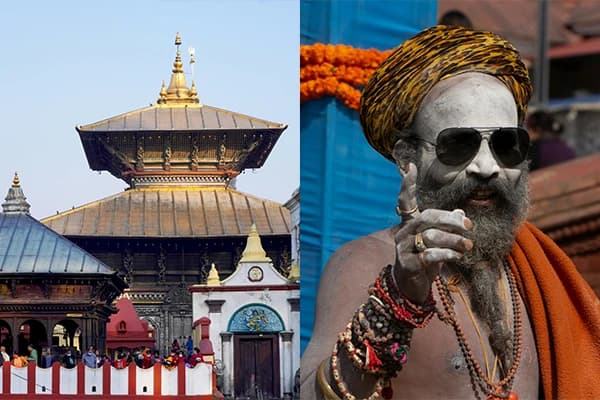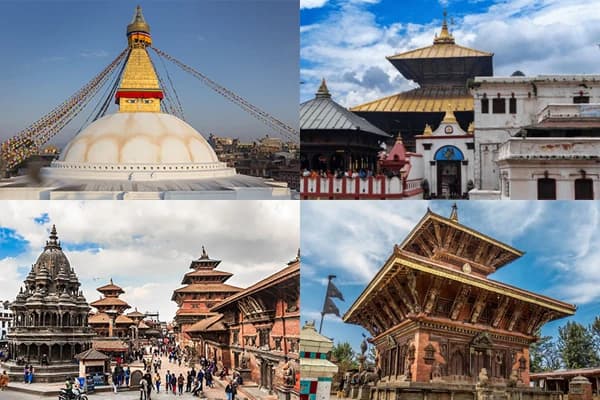Minimum Age Considerations
For the Everest base camp trekking, there is no official government-mandated minimum age. However, by taking the physical and mental demands of the trek into consideration, a minimum age of around 10 years old is advised.
Children younger than 10 years old may not be able to face the long daily hikes, high altitude exposure, and unpredictable weather conditions.
However, some children with prior experience of high-altitude hiking can be considered. They can acclimatize slowly but still need to be accompanied by the vigilant parents or guardians. Sometimes, the children may have difficulty communicating any discomfort or symptoms of altitude sickness.
The trekkers who are above age 15 may be allowed to trek solo but with the parent’s consent through the signed disclaimer.
Maximum Age Considerations
The government hasn't made an official maximum age limit for the EBC trek either. Even people who were in their 60s and 70s have successfully completed their trekking to the Everest base camp with proper preparation and health clearance.
Health experts suggest that the individuals over 60 have their physical conditions evaluated before going for the everest base camp trek. It is because the trek demands good cardiovascular fitness, stamina, and the ability to acclimatize to high altitudes, which senior citizens may lack.
For the elders, medical clearance is a must. Without consulting, trekking to the high altitudes is not recommended.
Physical Fitness Over Age
Physical fitness can hugely contribute to the everest base camp trek as compared to age alone. The well-prepared individuals can complete the trek at almost any age. The most important is required fitness and stamina. Age only contributes to the influence on recovery and susceptibility to certain health issues.
The hard treks like the Everest base camp trek require good cardiovascular endurance, muscle strength, and also the ability to recover from the sustained efforts.
So, physical conditioning is very necessary.
Activities like running, cycling, swimming, and brisk hiking can help build cardiovascular endurance. Exercises such as squats, lunges, step-ups, planks, and push-ups can help improve muscle endurance and stability. And a positive attitude can help build mental resilience.
Planning a safe trek for both
For the elderly and children to be involved in the Everest base camp trekking, proper planning is required. Below are key considerations for the trek.
- Assess Physical Health and Fitness
Both children and elders who are planning for the EBC trek should be in good health. They should consult with the doctor and must have a medical checkup before the trek. The test is done to check the condition of the heart, lungs, and other vital organs.
The participant should prepare physically through walking, jogging, hiking, and some cardiovascular exercises. It helps them to build hiking and cardiovascular exercises.
- Adding extra acclimatization days to the itinerary
Planning the trek itinerary with the extra acclimatization days makes the journey a little easier for the elderly and children. The itinerary for them is planned to give them a relaxed experience. It must allow them for the gradual ascent and sufficient acclimatization days.
Daily hiking is limited to 5–6 hours or less. The trekker will be allowed frequent rest days. Especially for the children, the shorter daily distances and extra rest days will help them utilize their fitness level and prevent exhaustion.
- Choosing the Best Time to Trek
The best time to trek to the Everest base camp for all ages is during the months of March to May and September to November. These months offer favorable weather conditions with clear skies, comfortable temperatures, and stable trails.
The other months may not be favorable for the children or the old people because of the seasonal challenges. They may find it challenging to face these added difficulties.
January and February are colder, and at higher altitudes, the temperature can go below -20°C, while from June to mid-September, there is frequent rainfall, slippery trails, leeches, and so on.
- Hiring Experienced Guides & Porters
The experienced guides ensure that the kids or the elders have a safe journey. They serve as the mentors, caretakers, and companions. It is most important to monitor the health and safety of kids and elders.
While porters can assist with carrying gear and equipment. It will help kids and elders to enjoy the trek fully with less physical strain.
- Packing appropriate gear and equipment
Proper gears and equipment help the trekkers to trek comfortably in the remote terrains. The warm clothes are suitable with trekking boots, hiking poles, sunglasses, masks, rain gear, and so on. They are recommended.
- Permits and documentation
The permits and documentation are the things that you should not miss during the trek. The important permits are the Sagarmatha National Park Entry Permit and the Khumbu Pasang Lhamu Rural Municipality Permit.
For the permits, documents like a valid passport and photocopies, Nepal entry visa, 2–4 recent passport-sized photographs, a completed application form, permit fees, and travel insurance details are required.
- Travel insurance and emergency plans
When the elders or the child become trekkers, emergency plans with insurance are a must. The travel insurance with emergency evacuation and health issues coverage is good.
Conclusion
For the Everest base camp trek, “age is just a number.’ With the proper preparations, individuals of various ages can successfully complete the trek. There are numerous examples out there on the internet that prove the statement.
Ready to prove age is just a mindset? Let us help you plan your Everest adventure — no matter your age.





